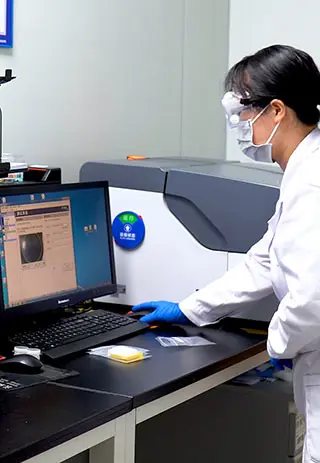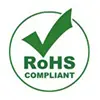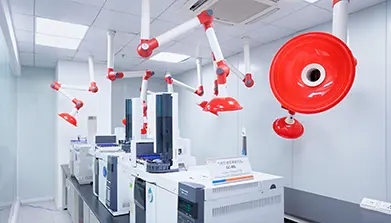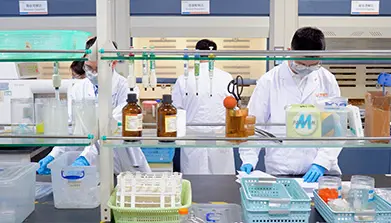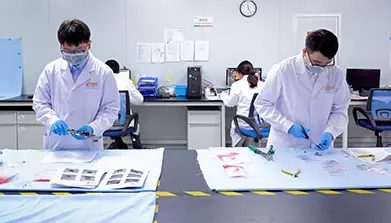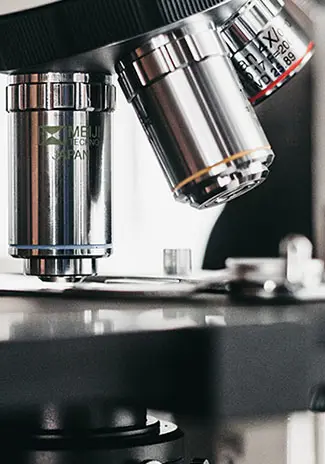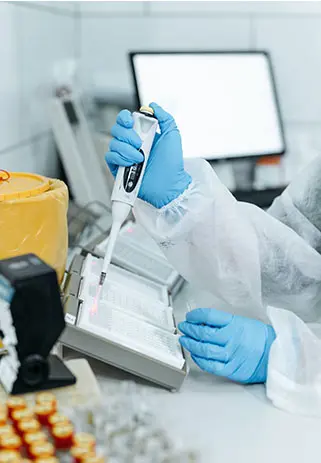The rise in the production and use of electrical and electronic products, such as mobile phones, computers and kitchen appliances, has resulted in an increasing volume of electrical and electronic waste. During the use, collection, treatment and disposal of such waste, products may release harmful (hazardous) substances such as lead, mercury and cadmium, which can cause major environmental and health problems.
To address such challenges, EU laws restrict the use of certain hazardous substances in electrical and electronic equipment through the RoHS Directive. In parallel, the WEEE promotes the collection and recycling of such equipment.


